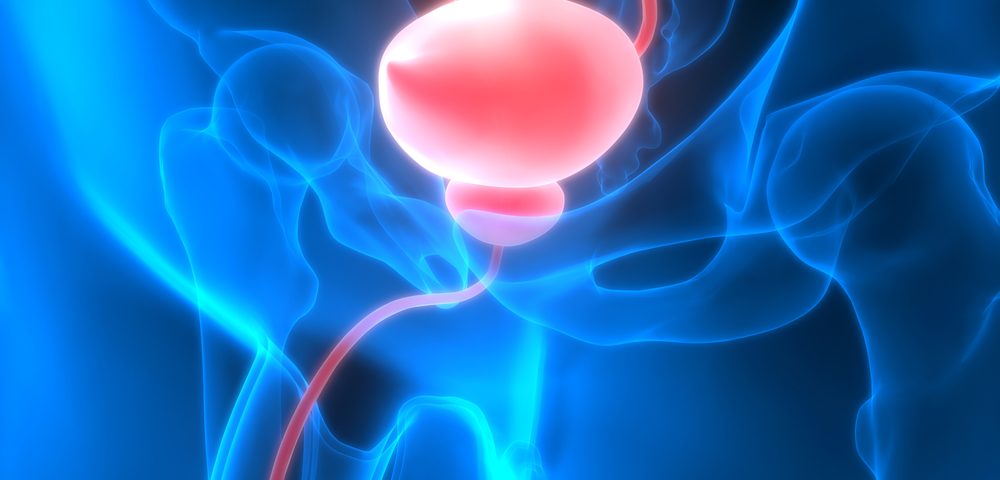Researchers compared the outcomes of two surgical approaches to treat bladder obstruction due to benign prostatic hyperplasia (BPH). The findings reveal that, despite conflicting literature, bipolar transurethral resection of prostate (B-TURP) is preferred by surgeons over monopolar-TURP (M-TURP) for larger prostates.
B-TURP reduces painful side effects and it constitutes a strong candidate for the replacement of M-TURP as the gold standard in such treatments.
The research paper, “Monopolar versus bipolar transurethral resection of prostate for benign prostatic hyperplasia: Operative outcomes and surgeon preferences, a real-world scenario,” was published in Urology Annals.
M-TURP is the gold standard and most commonly used approach for the surgical management of BPH, despite the availability of other technologies.
B-TURP is a modification of M-TURP, introduced with the aim of overcoming the surgery’s most notable side effects, particularly bleeding and dilutional hyponatremia, a condition charactarized by the lack of salt (sodium) in the body fluids outside the cells. However, the possible benefits of B-TURP over M-TURP remain unclear.
Researchers at the Institute of Postgraduate Medical Education and Research in Kolkata, India, conducted an evaluation of patient characteristics and operative outcomes of patients undergoing M-TURP and B-TURP at their institute.
The study included all patients undergoing one of the two surgical methods, from February 2014 to October 2015. The choice between M-TURP and B-TURP was at the discretion of the surgeon. In this way, researchers were also able to evaluate surgeon preferences regarding their surgical methods.
Results indicate that, of the 166 patients who underwent TURP, a total of 145 patients underwent M-TURP and 21 patients underwent B-TURP. Furthermore, the average size of the prostate operated by bipolar technology was significantly greater when compared to those operated by monopolar technology.
The drop in postoperative serum sodium concentration was significantly lower with B-TURP than with M-TURP, a tendency also observed regarding the mean operative time.
TUR syndrome, a rare but potentially life-threatening consequence of surgery, was observed in three instances with M-TURP, while no TUR syndrome was observed in the B-TURP group. according to such findings, researchers believe B-TURP holds promise in reducing the two most common complications of M-TURP.
“In spite of various contrary viewpoints in literature, surgeons prefer to operate on larger prostates using bipolar technology. B-TURP definitely reduces the incidence of bleeding and dilutional hyponatremia, making it a contender to replace M-TURP as the new gold standard,” the authors conclude.

